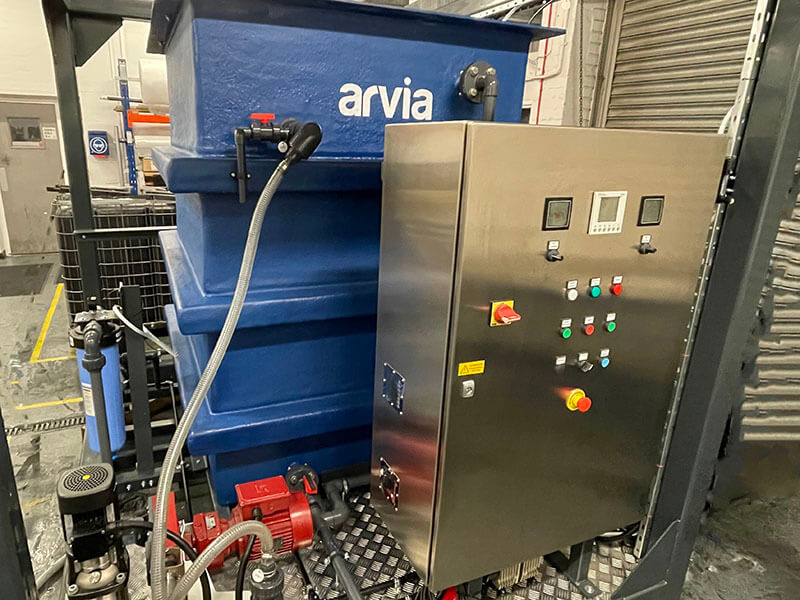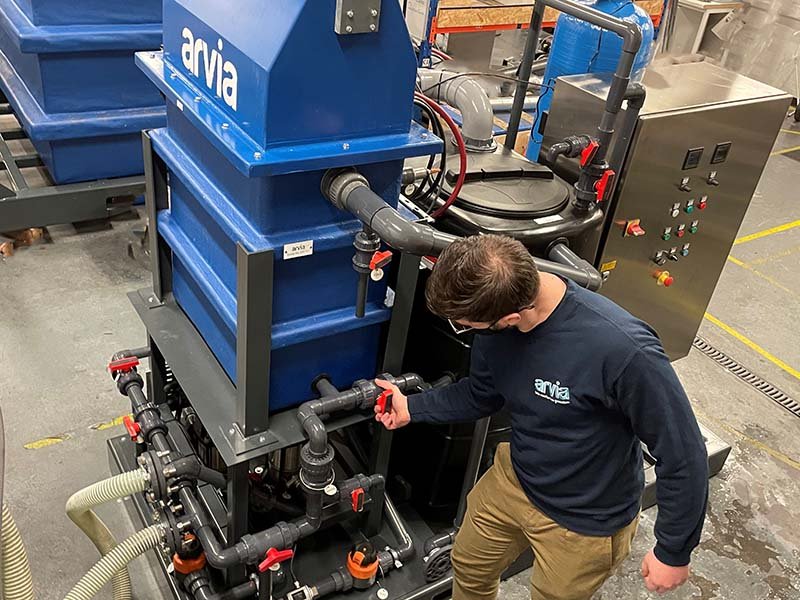Aspartame Removal From Wastewater
Water pollution is a growing concern worldwide as various contaminants find their way into water bodies, posing risks to aquatic ecosystems and human health.
One such compound is aspartame, an artificial sweetener commonly used in food and beverages.
Aspartame is known for its low-calorie content and sweet taste, but its improper disposal and subsequent presence in watercourses can have detrimental effects on marine life. Additionally, in 2023 the World Health Organisation deemed aspartame to be a possible carcinogen.
Municipal water treatment works often struggle to effectively remove pollutants like aspartame due to their unique properties.







